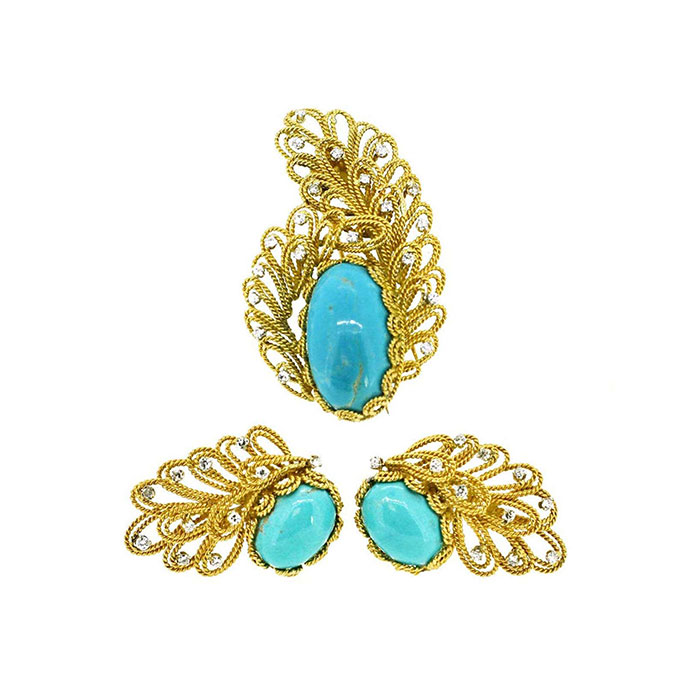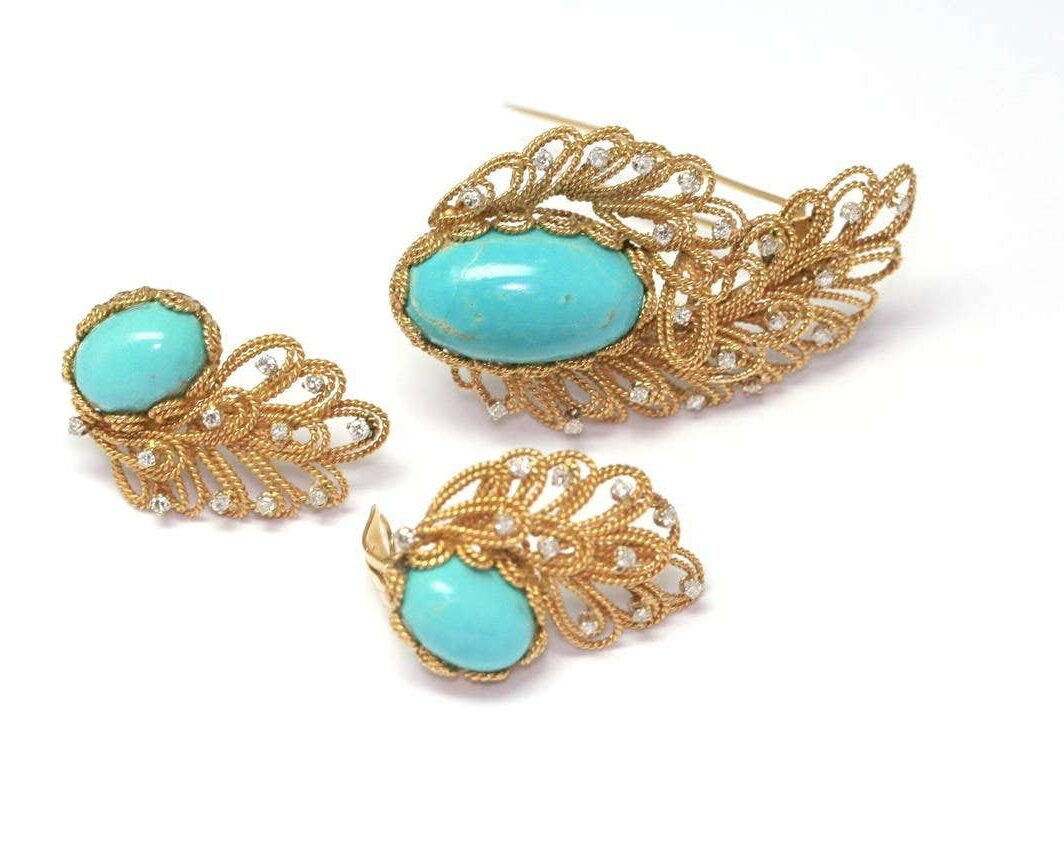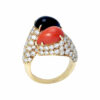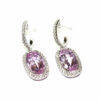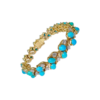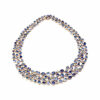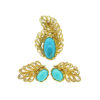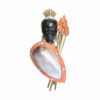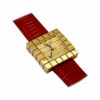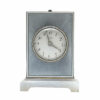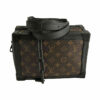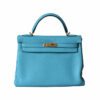BOUCHERON
History of Boucheron
In Monaco, in the center of Monte Carlo, the Galerie Montaigne encourages collecting Boucheron jewelry as it transcends time, and can be passed from generation to generation. Boucheron creations give this pace and this confidence own by those who embody grace; Boucheron jewelry perpetuate this chic and sensual style that puts women into light, perfect for a gala night at the Monaco Yacht Club or a drink at the Hotel de Paris American bar.
Boucheron jewels are styled by women who master their destiny and were adored by Divas such as the Countess of Castiglione, Sarah Bernhardt, La Belle Otero, Empress Alexandra, Ava Gardner, Joan Crawford, Edith Piaf, Boucheron will forever capture the zeitgeist in Majesty. Since nearly two decades Galerie Montaigne is buying and selling exceptional Boucheron jewellery in Monte Carlo, making sure to offer an impeccable service to an aesthete and demanding clientele.
SECOND HALF OF THE XIXTH CENTURY
Frederic Boucheron (1830-1902) is fourteen when Jules CHAISE in Paris takes him as apprentice, it’s a reputable jeweler’s workshop training him in metalwork, drawing, and gemology. In 1853 he refines his training in working for a famous jeweler place du Palais Royal in Paris: TIXIER-DESCHAMPS. It happens to be an exceptional commercial training for the young man of 23 years old.
Five years later he launches his own Jewellery place Palais-Royal. He takes part to the 1867 Paris Exposition Universelle, he is noticed and awarded the gold medal of the exhibition: his fame is growing. The success is such that in 1893 he leaves the Palais Royal arcades for more space, he moves to 26, Place Vendome, which is still the Boucheron headquarter today.
Frederic Boucheron is a man of taste; he surrounds himself with the best designers and manufacturers such as Jules DEBUT or Eugene FONTENAY. He highlights the excellence of his creations and refinement with the use of exquisite precious stones and unusual materials such as enamel, steel or wood. Charles RIFFAULT, considered the person who rediscovered the medieval technique of translucent enamel, works exclusively for the Boucheron from 1864. He masters the art of blackened platinum, which he works in lace patterns. He also pierces and engraves diamonds with the diamantaire BORDINCKX in 1880 with exceptional results such as the Butterfly pin’s wings paved with engraved diamonds.
XXth CENTURY
Louis Boucheron (1874-1959), son of Frederick, takes over in 1902; he will develop the fame of the jeweler abroad, a year later he opens a branch in London and an office in New York, later a store in Moscow.
After a slowdown during the First World War, Boucheron creation will restart in the early Twenties. In the heart of the Art Deco period, the trend for geometric shapes emerges with bracelets, necklaces, earrings, rings or pins in graceful geometrisation. His clients are fascinated by technology and adore exotic inspirations: Russian ballets, African and Asian arts. A great source of inspiration is the discovery of Tutankhamen’s tomb in Egypt and the beginning of a long lasting Egyptian trend.
The strong links that Louis has with India, and Boucheron reputation will attract the Patiala Maharaja in Paris in 1928. He entrusts the jeweler with six full chests of pearls and precious stones. Boucheron fashions for the Maharaja 149 lavish jewels, showcasing this extraordinary gems collection.
Subsequently, in 1931 it’s the Shah of Iran that commissions Boucheron to appraise and make an inventory of the prestigious Persian treasure. Louis Boucheron and his descendants are up to today the guardians of Iran’s treasure in Tehran.
The renowned Tubogaz mesh, and the ‘Eventail’ (fan) wristwatch appear in the thirties.
During World War II Boucheron experiences a significant downturn, it will resume at the end of the war.
In the 50s, Boucheron known great success with beauty sets with silver or gold openwork boxes decorated with floral or bird motifs, sometimes set with precious stones. Created in 1939, Forty thousands of them will be produced. In that time also appears the ‘feather’ pins, which have also their moment of glory, and the ‘wild roses’ pin in filigree gold, diamonds and enamel, which were manufactured until the 1970s.
END OF XXth AND XXIST CENTURY
Gérard Boucheron (1910-1996) is the successor and like his father, he seeks to extend Boucheron’s fame abroad, major exhibitions are done in the United States, the Middle East and in South America. Also, several outlets open in Japan in the seventies. In 1977, Boucheron is now a dynasty and Alain (born in1948) takes over his father until the turn of the century, he reintroduces the forgotten rock crystal and wood in fine jewelry. In today’s Boucheron creations tradition and modernity collide smoothly.
©Manon Chevassus

